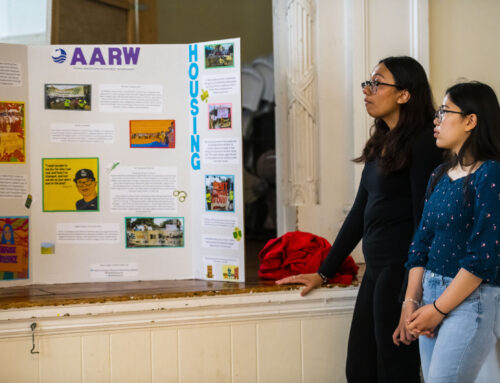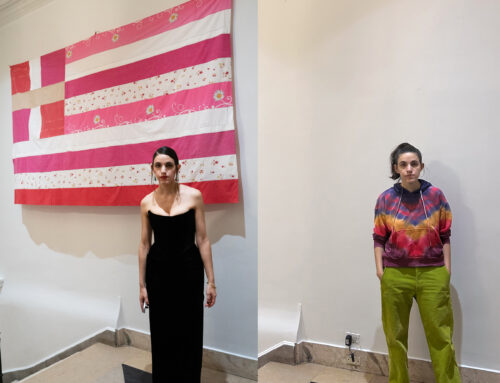On October 7, The Nobel Prize in Chemistry was awarded to a pair of female scientists for the first time in history. Emmanuelle Charpentier, Ph.D., and Jennifer A. Doudna, Ph.D. made history when the Royal Swedish Academy of Sciences decided to present this year’s prize in chemistry to the pair “for the development of a method for genome editing,” according to the Nobel Prize’s press release. Charpentier is the Managing Director of the Max Planck Unit for the Science of Pathogens in Berlin, Germany, and Doudna is a professor of biochemistry at the University of California, Berkeley who is known for her work on RNA.
The pair developed a technology that essentially reworks the code of genes in DNA—the CRISPR/Cas9 genetic scissors. Using the CRISPR/Cas9 scissors, researchers are able to manipulate the DNA of animals, plants, and microorganisms, and the pair’s discovery has opened up new routes of medical practices and exploration. Charpentier’s and Doudna’s research “is contributing to new cancer therapies and may make the dream of curing inherited diseases come true,” according to the Nobel Prize press release.
“There is enormous power in this genetic tool, which affects us all. It has not only revolutionised basic science, but also resulted in innovative crops and will lead to ground-breaking new medical treatments,” Claes Gustafsson, the chair of the Nobel Committee for Chemistry, said.
In 2011, Charpentier published her research on “tracrRNA,” a piece of bacteria’s immune system that “disarms viruses by cleaving their DNA.” Soon after, Doudna, a chemist known for her work on RNA (the messaging acid present in all cells) began working with Charpentier and their collaboration led to the creation of the CRISPR/Cas9 scissors.
Charpentier told the Nobel Prize in an interview that the team’s collaboration was “a wish from both sides, and an understanding that we needed to go fast.”
Doudna has great confidence in their discovery, and hopes their work pays off in many other research projects in the medical field.
“I think going forward, we’ll see opportunities to use CRISPR for other kinds of blood disorders, genetic diseases of the eye, and then, maybe in the longer term, cystic fibrosis and muscular dystrophy, which are also genetic diseases,” Doudna told Future Human after the win in October.
This marks the first time that the Nobel Prize in Chemistry has ever been awarded to a female team, and Charpentier and Doudna are only the sixth and seventh women to win this award out of its 112 recipients.
Continuing the long-overdue recognition of female accomplishment in the male-dominated STEM industry, Andrea Ghez, Ph.D. also won in the science category this year (in Physics) for her study of blackholes alongside her colleague, Reinhard Genzel of UC Berkeley and the Max Planck Institute for Extraterrestrial Physics. Ghez and Genzel have been testing Albert Einstein’s general theory of relativity and were honored “for the discovery of a supermassive compact object at the centre of our galaxy,” which is believed to be a large blackhole, according to the Nobel Prize.
Finally, the Nobel Prize has awarded a female team—Charpentier and Doudna—for their tremendous efforts in the STEM field. However their work goes beyond the sake of recognition, Dr. Doudna recalled telling her son, “None of us go into science, or at least I didn’t, to win prizes. We went in because we wanted to understand something true about nature.”




